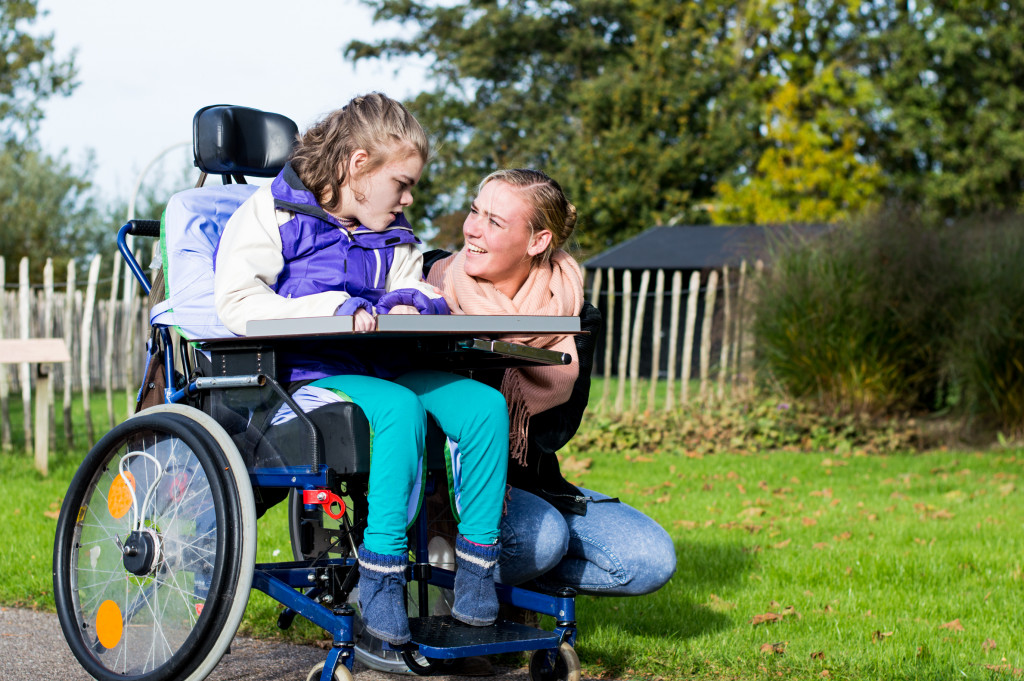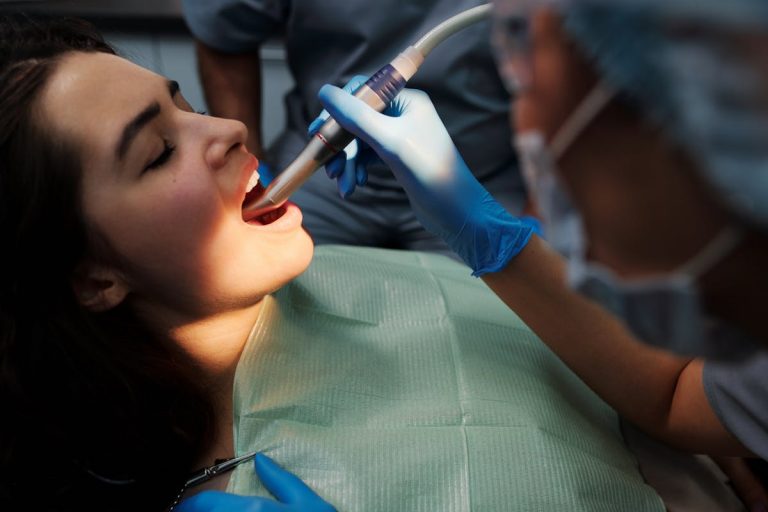According to the John Hopkins Medical Center, 30,000 people have ALS in the US. Every year, 5,000 more are added. Every 90 minutes, a person dies of it, while another is diagnosed. Sadly, scientists haven’t found a cure for the disease.
Family members are often the primary caregivers of patients with ALS. Understanding the statistics of ALS can be your first step in learning how to take care of a family member who has just been diagnosed. Knowing more about it enables you to give care easier. You’ll be able to provide better support.
Understand What Is ALS and How It Affects Your Loved One
ALS, or amyotrophic lateral sclerosis, is a neurodegenerative disease. Nerve cells in the spinal cord and the brain are affected by the disease. Because of this, the muscles used for walking, moving, speaking, and breathing become impaired.
Being a progressive disease, ALS can spread throughout the body or gets steadily worse over time.
ALS is also known as Lou Gehrig’s Disease. No, he didn’t discover the disease. He was a famous baseball player from the 1930s who died because of ALS. Over the years after Gehrig, many other famous people have had the disease. Most notably, Stephen Hawking died of ALS in 2018.
It was Jean-Martin Charcot, a French neurologist, who first identified the disease in 1869. He discovered that motor neurons travel from the brain to the spinal cord to instruct specific muscles to move. But these motor neurons tend to die in the brain. This leads to the loss of voluntary muscle action that allows one to breathe, move, eat, and speak.
Taking care of a loved one with ALS means that in time, you’ll have to assist them with their daily tasks. This includes personal care to essential tasks such as shopping for groceries. At first, everything is instantaneous. As the disease progresses, however, you will need all the help you can get, from devices to external care.
Here are some tips on how you can provide care for your loved one. Consider these factors.

Home Modifications
ALS patients are always given home care. This makes it important to keep your home safe. Adapt it to the needs of your loved one. You will need special medical equipment for this. Don’t worry. Basic medical equipment costs are covered by Medicare.
You will have to spend on other accessibility equipment and home modifications, though. It’s important to include them in your tax return so that they can be deducted. Alternatively, you can seek financial help from loan programs or grants.
For planning home modifications for your loved one, the ALS Association recommends the following:
1. To enable your ALS patient to move throughout the house, provide a 32-inch clearance on doorways and 36 inches for hallways. This is to allow a wheelchair to pass through easily. Use swing-clear hinges so that doors can be easily opened.
For u-turns, provide a 5 feet (1.52 m) diameter space. For t-turns, allow a 3 feet (0.91 m) diameter in each direction. This is to make turning in a wheelchair easy.
If you have a multi-story house, it’s best to confine your patient to the first floor. If you have the budget, though, install a platform lift or stairlift system.
2. To enable your ALS patient to easily get in and out of the house, install a ramp on all doors leading to the outdoors.
3. To enable your ALS patient to have easy access to the shower and toilet, have grab bars on all the walls inside your bathroom. A sliding bath transfer system would also be a good addition. It can help you transfer your loved one from the wheelchair to the bathtub.
Treatments
Your loved one’s physician will likely prescribe medications to lessen physical symptoms caused by ALS and slow the progress of muscle deterioration. Other treatments include physical and occupational therapies.
A physical therapist can provide help with exercises. This is to maintain flexibility and strength in patients. On the other hand, occupational therapy can teach your loved one how to navigate and move around.
Your loved one will also need neuro-rehabilitation facilities. This is to help your patient become functional and independent. It will improve your loved one’s quality of life in its emotional, physical and social aspects.
Assistive Devices
ALS patients need all the assistive devices there is available for them. Wheelchairs, special eating utensils, and customized mattresses will make them feel comfortable doing things independently. To help them communicate when they can no longer speak, provide them with electronic assistive devices.
Practice Self-care
It will be emotionally and physically hard, but being an ALS caregiver has rewards. You have to learn how to balance your time between being a caregiver and taking care of yourself, too.
While taking care of your loved one with ALS, it’s also important to monitor your physical and mental health. Depression is common in ALS caregivers. Give yourself some time to rest and recharge regularly.






